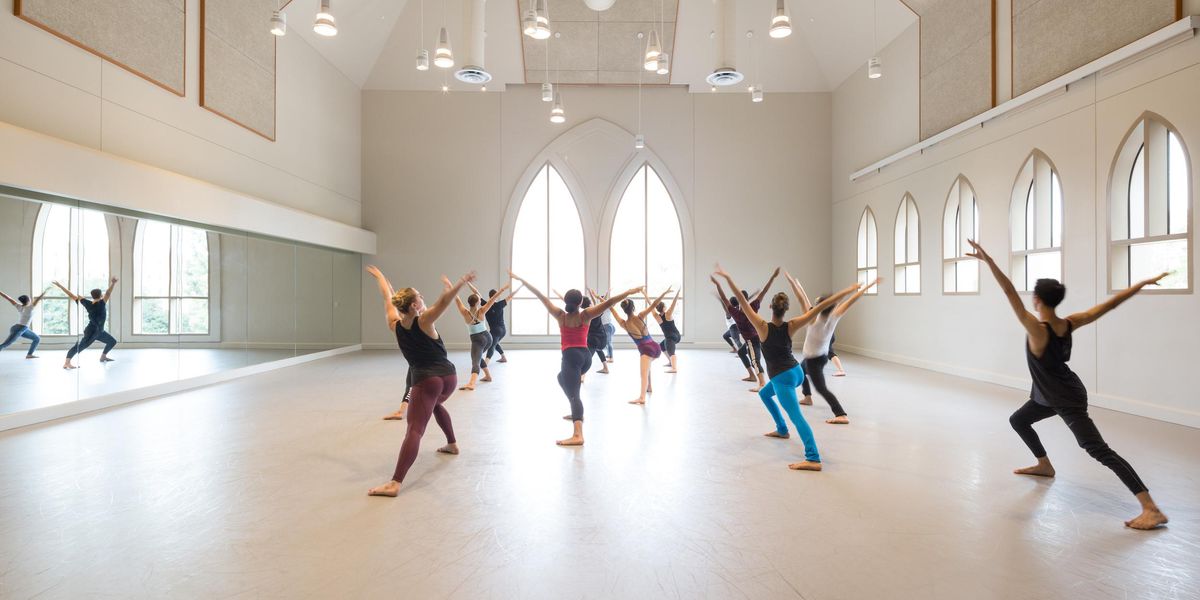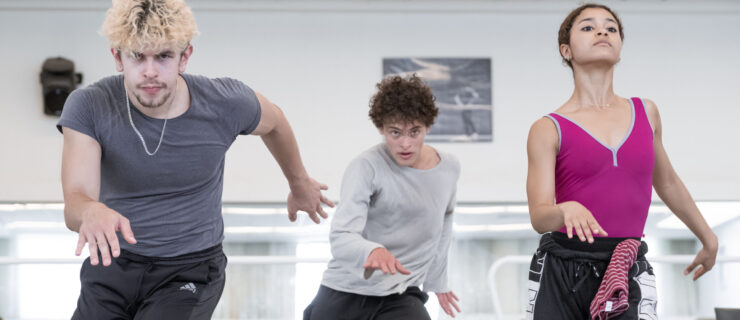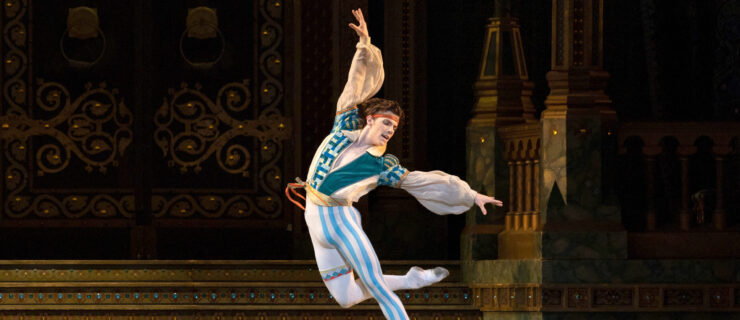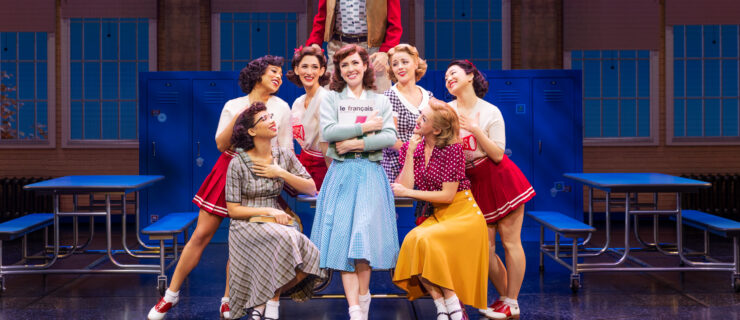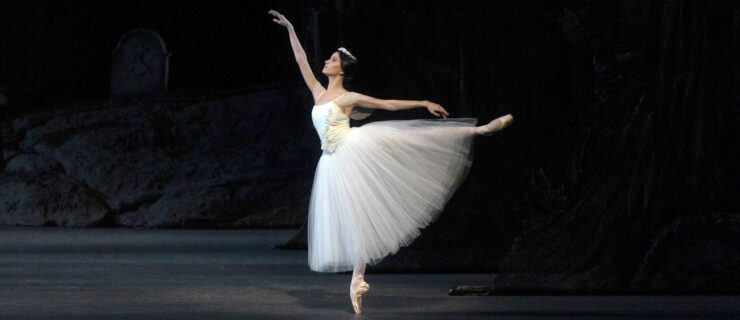Teacher's Wisdom: Dianne Walker
July 19, 2007
Known as Lady Di, Dianne Walker is the ultimate “tap mastress” and “professor of tapology.” One of the most popular teachers and performers on the tap festival circuit, she has helped develop curriculums for these annual events all over the country. She’s shared the stage with Gregory Hines, Honi Coles, Bunny Briggs, Steve Condos, Cookie Cook, Jimmy Slyde, and her own first mentor and teacher, Leon Collins. Her silky smooth delivery onstage belies the amount of work that has gone into her Ali aura of “floating like a butterfly and stinging like a bee.” She was part of the original cast of Black and Blue in Paris, and when the show came to Broadway in 1989, she not only performed but served as dance captain, assisting Tony award-winning choreographers Henry LeTang, Cholly Atkins, and Fayard Nicholas.
What is the cultural context when you learn to tap dance? No artist creates in a vacuum. You have to know the history. You have to have an understanding of what it all is, the spirit about the dance. It’s all related—the wonderful teachers you study with, your educational foundation. It’s more than just steps. The young tap dancers coming out of the festivals today are also repositories for people of my generation and everything we brought with us and inherited. It’s a mentality of the dancing. Younger dancers have to sort through an array of emotions before they arrive at their own true feelings. That then manifests itself in the dance.
Jimmy Slyde is not only one of the last of the living legends in jazz tap, but also something of a mentor to you. What was his example for you? Slyde taught me that it was important to look beyond my own niche, that the art is not about the individual. He’d say, “You ain’t bigger than the dance.” The dance is like a circle. If you were fortunate enough to step inside that circle, to have a little spot, then you got that from the dance. You also have a responsibility to give back. It’s not about you. It’s about what you contribute.
You’re known for teaching Leon Collins’ work. What’s that like for you and your students? Often, what people have learned is the structure of his dances versus getting deeper into the nuances of the musicality, rhythm, syncopation, and shading. To really understand Leon’s full body of work, it isn’t enough to know Routine One. You ought to learn all four routines because each speaks of a different nuance. Leon’s work is the perfect bridge from rhythm tap to Broadway style or show tap because all those elements are there.
Leon did everything full out. He would show us something in the classroom, then go straight out and do it on the stage. He tried to show us something stylistically, how to maximize our styles, how to release and express our own selves—that was the major lesson. And also in Leon’s teaching, it was about being prepared for everything. If everyone is going to the right, you be prepared to go to the left.
I recall a session I had with Leon where he demonstrated how much he loved a good challenge. He threatened to “take on all of them—starting with Chuck Green.” Was Leon more competitive than your average tap dancer? Leon taught all of us how to protect ourselves. Competition is an aspect of this dance. You need to hold your own and represent yourself, as well as respect other dancers. You know you could shame another, but you can also compliment another dancer. If someone comes out and messes with you or your material, you come out with your pocket steps. You have a lot of steps that you put in your pocket. If someone steals your material or makes you go into some kind of challenge, you can just pull out those steps for survival.
Can you define the difference between “hoofing” and “Broadway” styles? Oversimplified, it’s where the emphasis lies. Broadway or “show tap” emphasizes visual presentation, whereas in the hoofing or jazz style the emphasis is on the music—the rhythm, the syncopations. Leon’s work bridges the gap between the various styles of tap. All dancers should have flexibility to move within all the styles for getting work today.
Often, old school audiences will say, “Feet, talk to me,” or “I hear you talking.” Do you think of tap as “talking feet?” I equate the 32-bar chorus to the paragraph. In tap, we have sentences and there is structure in the paragraph: All sentences begin with a capital letter; there are commas, exclamations. A tap dancer must have a good ear. You can learn that, but there’s a process that one goes through to teach that. Some students come to you with an inherent sense of music. With those, the job is easier. I try to teach how to distinguish eighth notes from triplets, from quarter notes.
What aspect of tap do you enjoy the most? There’s so much you have been doing to keep the art moving forward. I personally enjoy teaching. I would be comfortable only teaching. We needed to build audiences, and we had to educate them through lecture-demonstrations. That work was designed for me. That’s where I derive all my gratification: sharing the stories, the history, really giving people the oral tradition, mental as well as physical possibilities on this foundation, and exploring my own possibilities. When I’m on the road I think, “What can I leave these students to work on?” The best I can offer is a great class.
